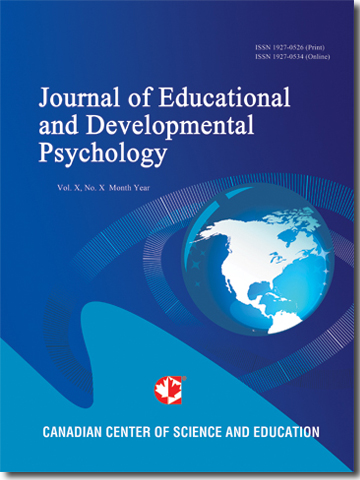Dominant Goal Orientations Predict Differences in Academic Achievement during Adolescence through Metacognitive Self-Regulation
- Sanne Dekker
- Lydia Krabbendam
- Nikki Lee
- Annemarie Boschloo
- Renate de Groot
- Jelle Jolles
Abstract
This study investigated whether academic achievement was predicted by the goal which generally drives a student’s learning behaviour. Secondly, the role of metacognitive self-regulation was examined. The dominant goal orientation was assessed using a new method. 735 adolescents aged 10-19 years read vignettes of students that reflect four goal orientations. Participants indicated which student they resembled most, which revealed their dominant goal orientation. Age, sex and level of parental education were controlled for. Results showed that students with motivation goals of the mastery and performance-approach types obtained higher grades than students characterized by the performance-avoidance and work-avoidance goal type. A mediation analysis showed that goal orientations predicted achievement through the level of metacognitive self-regulation. Intrinsically motivated students showed the best metacognitive self-regulation skills of all students, whereas work-avoidant students had the lowest level of self-regulation skills. The scores of students with performance goals fell in-between. The research showed that the higher grades obtained by performance-approach students, compared to performance-avoidant and work-avoidant students, can partially be explained by their higher levels of metacognitive self-regulation. Thus, goal orientation predicted achievement differences through metacognitive self-regulation skills. This suggests that intrinsic motivation and self-regulation skills should ideally be supported in the classroom. Furthermore, it suggests that teachers could use vignettes to distinguish different types of students in order to identify students who are vulnerable to lower academic achievement.
- Full Text:
 PDF
PDF
- DOI:10.5539/jedp.v6n1p47
Journal Metrics
(The data was calculated based on Google Scholar Citations)
1. Google-based Impact Factor (2021): 1.11
2. h-index (December 2021): 29
3. i10-index (December 2021): 87
4. h5-index (December 2021): N/A
5. h5-median (December 2021): N/A
Index
- Academic Journals Database
- CNKI Scholar
- Copyright Clearance Center
- CrossRef
- Elektronische Zeitschriftenbibliothek (EZB)
- EuroPub Database
- Excellence in Research for Australia (ERA)
- Harvard Library
- Jisc Library Hub Discover
- JournalSeek
- JournalTOCs
- LIVIVO (ZB MED)
- LOCKSS
- MIAR
- Open Access Journals Search Engine(OAJSE)
- PKP Open Archives Harvester
- Publons
- ROAD
- Scilit
- SHERPA/RoMEO
- Standard Periodical Directory
- Stanford Libraries
- Technische Informationsbibliothek (TIB)
- UCR Library
- UoB Library
- WorldCat
- Zeitschriften Daten Bank (ZDB)
Contact
- Carol WongEditorial Assistant
- jedp@ccsenet.org
